Genius of Place (34 page)
Authors: Justin Martin

Early environmentalist: Before this gathering of influential journalists, Olmsted delivered a seminal 1865 speech that stepped up efforts to preserve Yosemite, even helped set in motion the idea of a national park system. The photo was taken by Carleton Watkins, renowned for his images of Yosemite. Olmsted is in the front row (second from left).
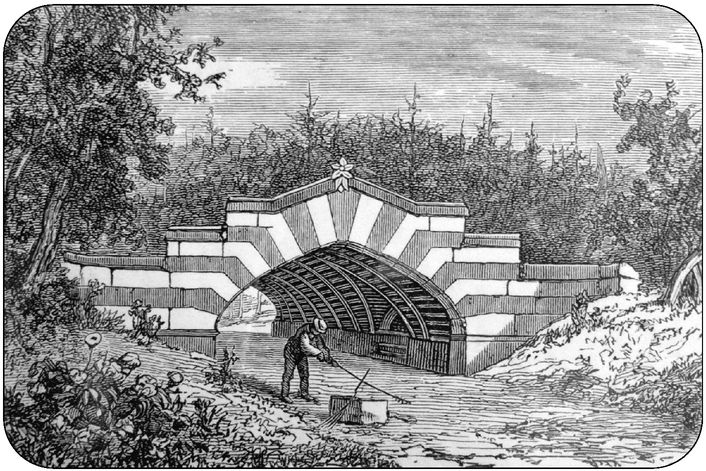
The Endale Archâa beloved feature of Prospect Park, Olmsted and Vaux's Brooklyn masterpiece.
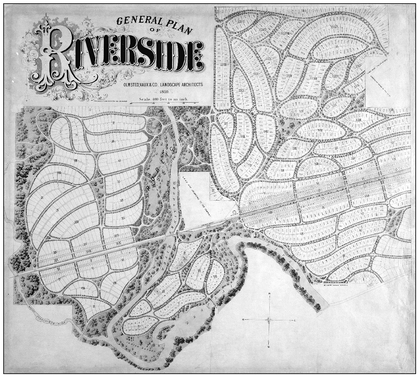
The plan for Riverside, Illinois, a model suburb featuring many innovative ideas that continue to influence modern suburbs.
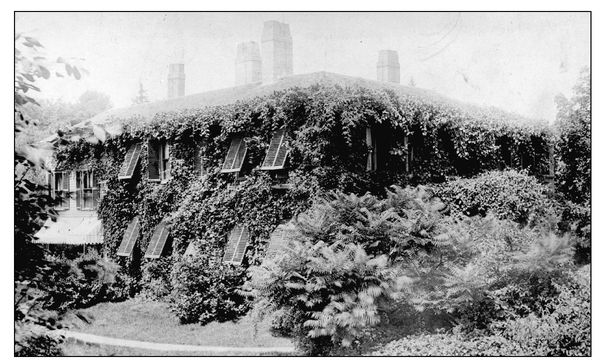
Nature ruled at Fairsted, Olmsted's home in Brookline, Massachusetts.
The 99 Steps in Boston's Franklin Park.
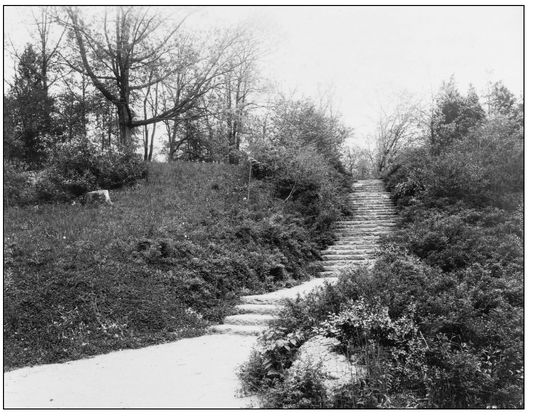

The Muddy River Improvement is just one portion of Olmsted's ambitious park system for Bostonâwhat came to be known as the Emerald Necklace.
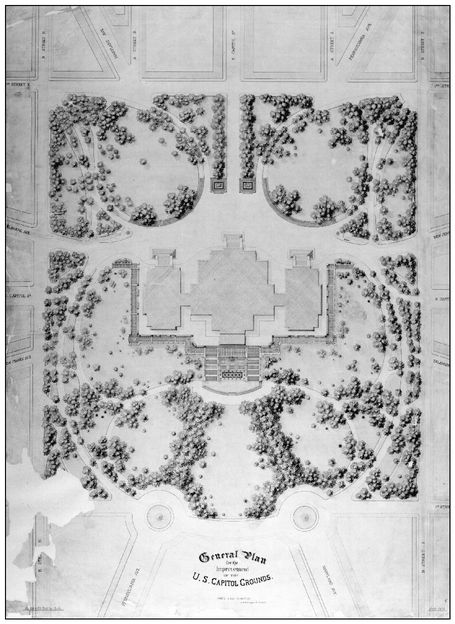
To achieve his vision for the U.S. capitol grounds, Olmsted had to battle Congress for decades. He won. This modern aerial view shows how faithful the capitol grounds have remained to Olmsted's original plan.
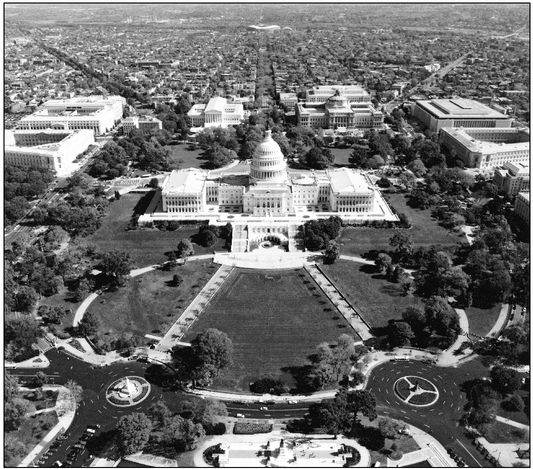
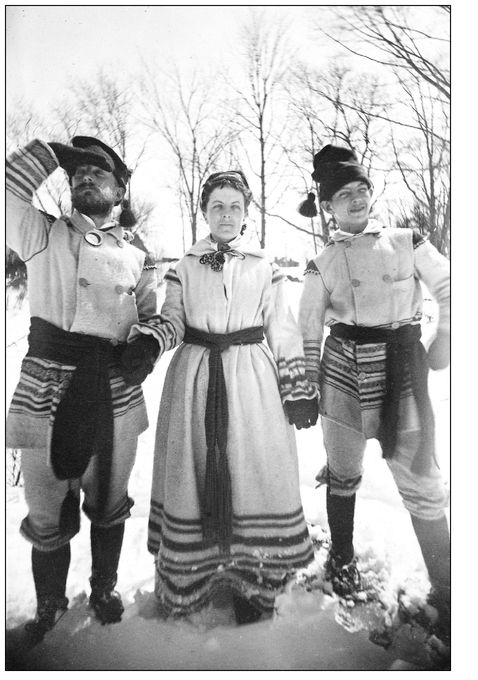
Olmsted (right) and three of his children, John, Marion, and Frederick Law Olmsted Jr. Not pictured here: Charlotte, who had to be institutionalized, and the three children he lost.
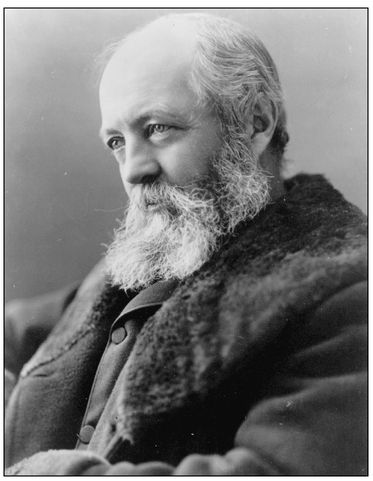
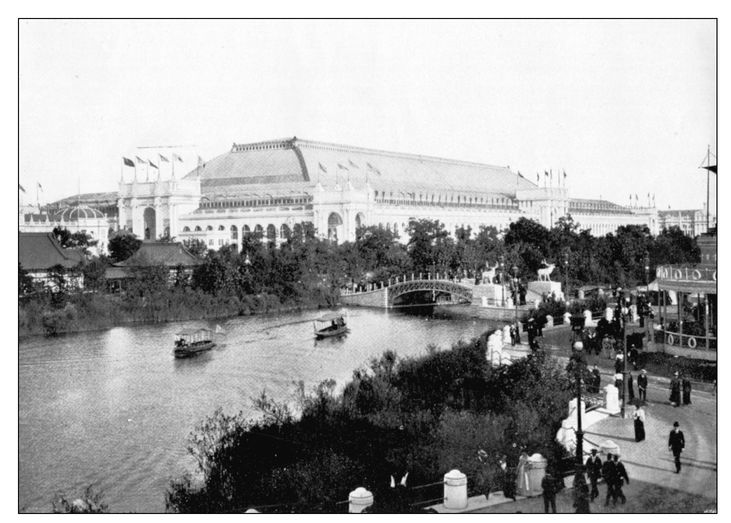
Olmsted's design for the 1893 World's Fair in Chicago was one of his greatest, featuring winding waterways, a wooded island, and brightly colored boats with quiet electric engines (all visible in this photo).
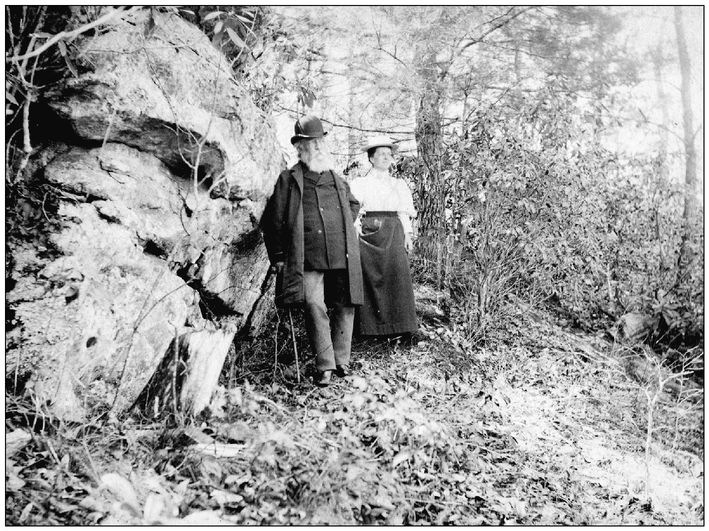
Olmsted and daughter Marion on the grounds of North Carolina's Biltmore Estate.
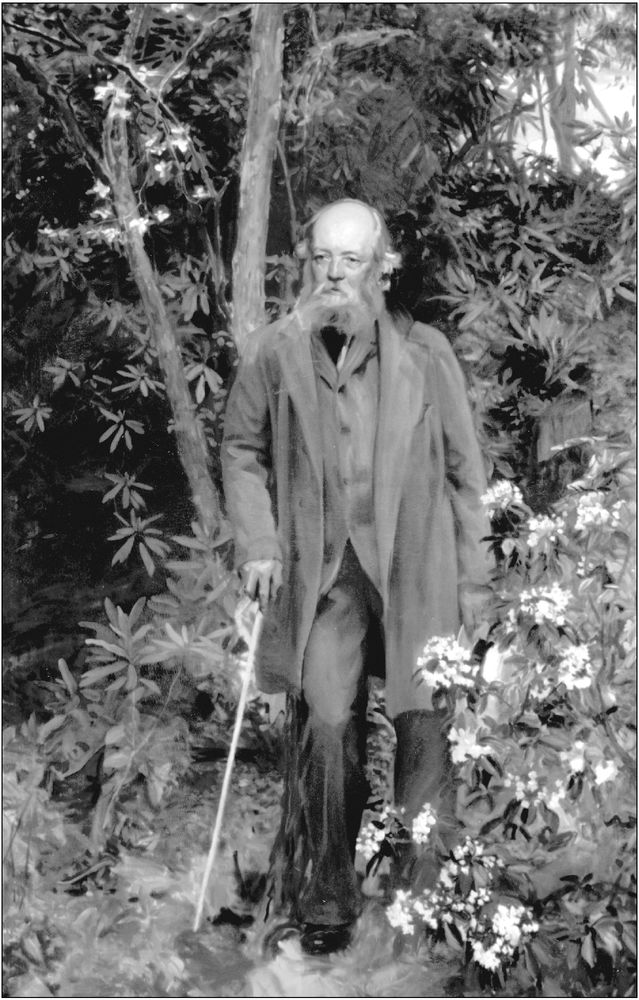
Changing of the guard: Olmsted was present for the initial sessions with painter John Singer Sargent. But by 1895, Olmsted was frail and failing fast. Frederick Law Olmsted Jr. stood in, even wore his father's clothes, so that Sargent could finish the portrait.
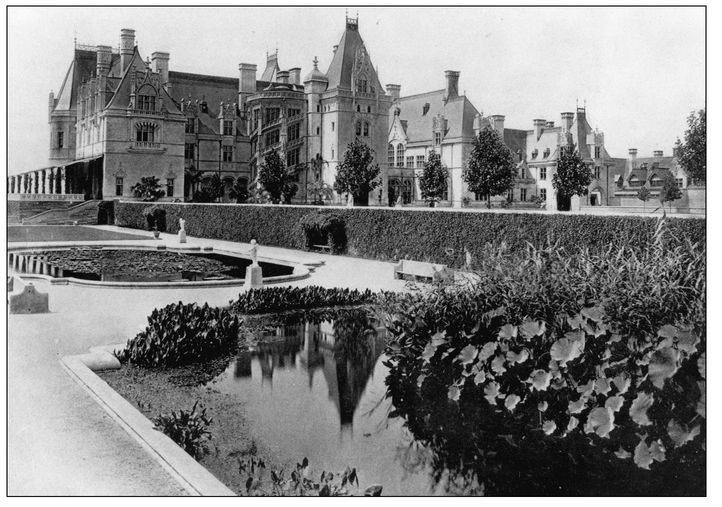
Other books
Redlegs by Chris Dolan
Chronicles of Corum by Michael Moorcock
Things that Fall from the Sky (Vintage Contemporaries) by Kevin Brockmeier
Watch Me Die by Erica Spindler
Modernist Cooking Made Easy by Jason Logsdon
Scarred Beauty by Sam Crescent
Eric Bristow by Eric Bristow
A Dark Evolution (Book 2): Deranged by LaVelle, Jason N.
Lambert's Peace by Rachel Hauck
The First Time Ever I Saw Your Face by Lee, Taylor
